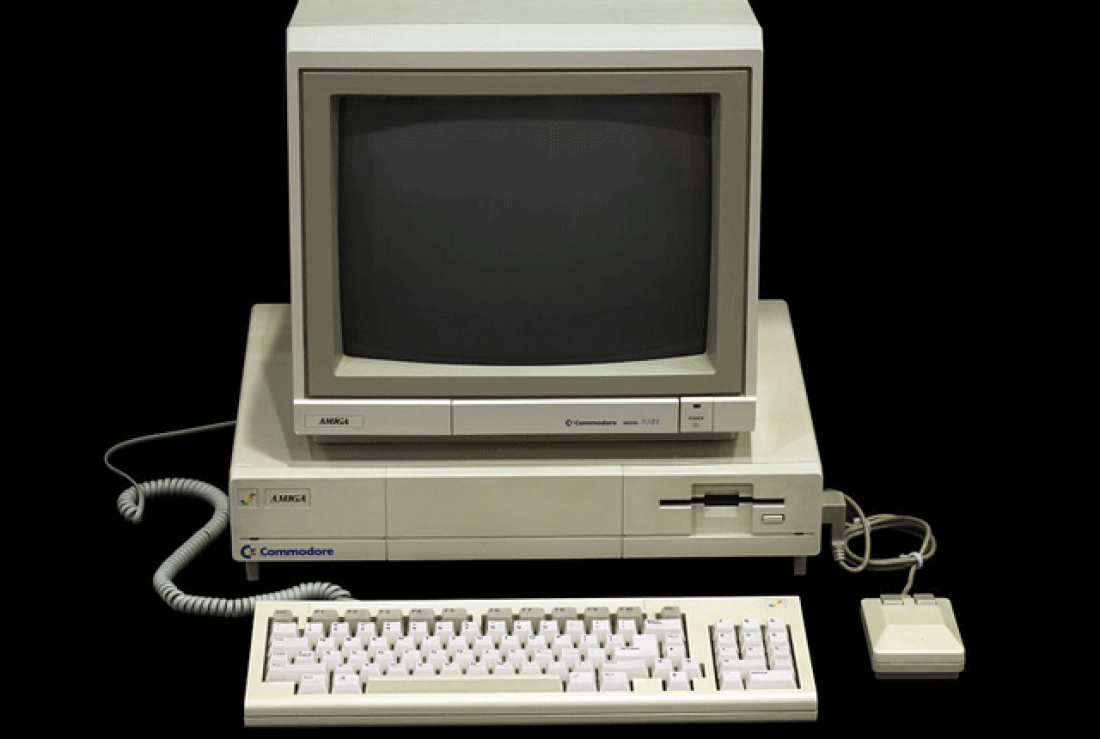What is a Computer?
29 Aug 2017 “Sometimes it is the people no one can imagine anything of who do the things no one can imagine.”
“Sometimes it is the people no one can imagine anything of who do the things no one can imagine.”
― Alan Turing
What is a Computer?
What is a computer? This is a question with no straight answer, and no one seems to have a single answer. One sees an advertisement for the latest laptop and thinks, That’s a computer, but there is more to it. In this day and age, we are surrounded by technology and it is getting harder and harder to define what a computer is. How does one categorize a computer versus another piece of technology?
My first memory of what I considered at the time to be a computer was my mother’s desktop computer. The monitor was thicker than my head and plain in color. She mainly used it for her email from what I can recall. Over the years, my dad, being a technology junkie, began his collection of laptops. I used to love playing video games on these laptops. At the time, these were the things I considered to be computers. However, in order to look for a definition of a computer, we must look into how they came into existence and where they started.
A man named Alan Turing first discovered the concept of the computer. He wrote a paper in 1936 on what was later called the “Turing Machine.” This universal machine, in theory, could compute anything that could be computed. The Model I Complex Calculator was constructed in 1939, the same year David Packard and Bill Hewlett released their first product, the HP 200A Audio Oscillator. In the years to follow, the war influenced many inventions. There was a huge push for machines that could decrypt enemy messages and more calculators.
Given this information, it is safe to assume that a calculator is a computer. Therefore, one may also assume that if a machine can perform a calculation, it is a computer. This includes not only the scientific calculator on your desk, but your phone, your laptop, your desktop, your iPad, and so forth.
In 1946, the ENIAC computing system was finally complete after 3 years in the works. Later, in 1948, researchers at the University of Manchester designed and constructed the Small-Scale Experimental Machine (SSEM), or also known as the Manchester “Baby.” This was the first electronic stored-program computer to run a program. However, these are still very far from the computers we are used to today. It was not until 1956 that researchers began looking at using a keyboard input to interact with computers.
Over the years, these computers were redesigned and redeveloped, each time getting smaller and faster than the last model. It was not only the machines as a whole, but the internal components that were getting upgrades. The development of Intel’s microprocessor allowed computers to operate much faster. Around the same time, Xerox Palo Alto Research Center (PARC) physicist Gary Starkweather developed the world’s first laser printer, forever changing the printing world. The Alto was released in 1974 and was the first computer to have a graphical user interface, making it easier for the everyday person to use.
As models improved, more people saw the benefit and practicality of having a computer. They became increasingly seen in offices and homes. The creation of the World Wide Web changed the face of communication. As computers became more efficient, so did humans. So how does this tie into what a computer is? Looking at the above examples of advances in computers, we have already determined that anything that can calculate numbers is a computer. It can also be assumed that machines that can take in code and programs are computers. This includes media players, gaming consoles, and televisions. This also includes printers. Car models also started having computers inside, these of which are getting more and more sophisticated every year.
Robots can also be considered as computers, or at least they have a computer component to them in addition to their physical features. They must be programmed in order to perform tasks. If one thinks about it, the things that are considered computers exist solely to make human lives easier and more efficient. It can be argued that other household appliances such as washers and dryers are the same as robots. They need to be programmed in order to complete tasks.
In conclusion, a computer is what a person deems it to be. Everyone has their own opinion about what is a computer and what is not, and this is simply one opinion; computers are programmable machines that make human lives easier.
Works Cited
“Alan Turing.” The Biography.com Website. A & E Networks Television. 10 July 2017. https://www.biography.com/people/alan-turing-9512017. Accessed 29 Aug. 2017.
“Computers | Timeline of Computer History.” Computer History Museum, http://www.computerhistory.org/timeline/computers/. Accessed 29 Aug. 2017.